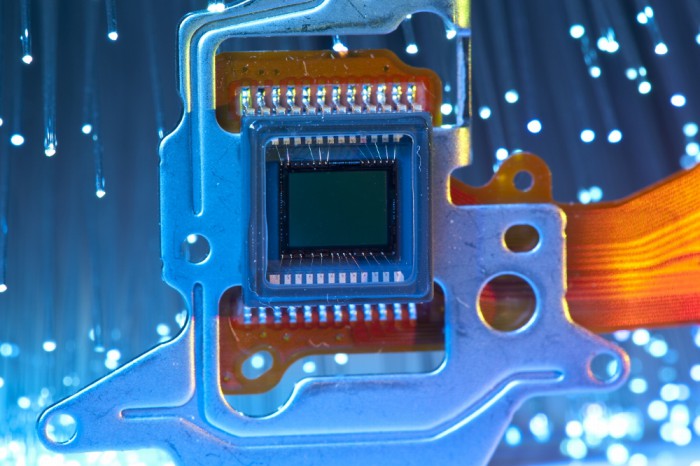A SMART AND CONNECTED WORLD: AN IOT ECOSYSTEM FOR THE FUTURE
December 1, 2015
Iot (Internet of Things) is full of initiatives that could lead to incompatible or antagonism solutions and standards. The last IDF (Intel developer Forum) this year provided a 360° vision of what could be a future IoT ecosystem. IoT initiatives could be categorized in 3 different development streams:
more–>
Sensification
Some examples of sensification are already up and running today:
- Wake and voice : The machine is constantly listening (even in stand-by mode) to its environment thanks to audio technology embedded into the micro-processor. This technology is included for example into Cortana and windows 10 from Microsoft.
- Realsense is used for :
- Drone and other type of machine avoiding obstacles along their route
- You can capture in real time your environment in 3D with your smartphone (Tango project for Google)
- In some hostel, you are already welcomed by robot (butler project of Savioke)
It is interesting to notice that lots of initiatives leverage open source technologies (e.g. Open source Robotics foundation)
Smart and connected world
How to personalize the world to the user context and needs?
- Look to yourself in a mirror and change colors of a shirt without changing of physical shirt (i.e. this is the “mirror” that changes the color for you when you choose to do so) like the virtual shopping project by Memomi
Solutions are developed based on IoT developers frameworks linked with big data technologies that offers reusable and packaged services ready to use and to integrate like:
- Turn data into insight
- Gateways to any protocols
- Connect things and devices
- Intelligence at the edge (data filtering, data analysis and sensors monitoring done by the sensor or centralized from a datacenter)
Extension of you
Smart and connected devices allow the technology to be part of you and extend your possibilities like:
- The wearable products (connected watch for example)
- The Curie project can acquire automatically lots of data in real time. It is a micro computer (button sized!) with embedded Bluetooth technology. Intel has developed a BMX sensor in order to capture in real time the bike spin, max flips per second, etc… It is used in athlete enhancement programs.
Security for IoT
Security is a key (even a killer) concern for IoT wide adoption. Developing and proposing consistent platform and component to ensure appropriate level of security is an important challenge today.
This year, Intel presents the enhanced privacy identification component and is working on a security reference model for IoT security.
Capabilities of these solutions embed security measure in a specific component that interact with the device. In wearable world, the sensor (e.g. carried by a BMX) is activated by a wearable product which is personal to the user. When the user is far away the sensor, this one is inactive; as soon as the wearable product is near the sensor, this one is activated. If the wearable product is physically separated from the user, it does not work anymore, so the sensor cannot be activated anymore.
Software and hardware interaction
IoT Platform of the future will be software and hardware together. And from an industrial ecosystem standpoint, interaction between software and hardware vendors must exist to ensure smooth integration. And standards could help in this area.
One special topic is the storage, in the machines itself and in the data center that receive and compute the data from multiple devices. In the near future, new storage technologies (like 3D Xpoint from Intel) will be included into the processor (e.g. 3D Xpoint technology included into Xeon processors). New software solution will be developed to leverage these new capabilities
Promoting co-operation and standardization
The Intel vision provides solutions (hardware and software) to the IoT developer community that covers all streams. In order to develop interoperability at hardware and software levels, such industrial initiatives must group different actors of IoT world, forming consortiums (including Open source communities) , otherwise the IoT ecosystem will be a mess, even a dream.
References
Intel Developer Forum 2015 presentations and white papers

 English | EN
English | EN 
